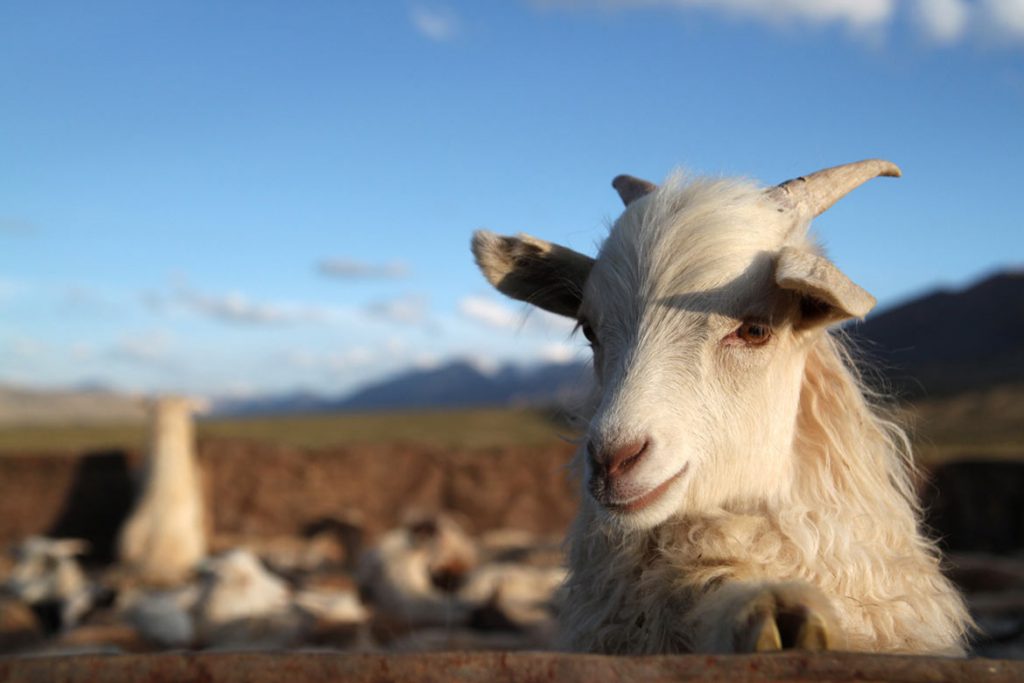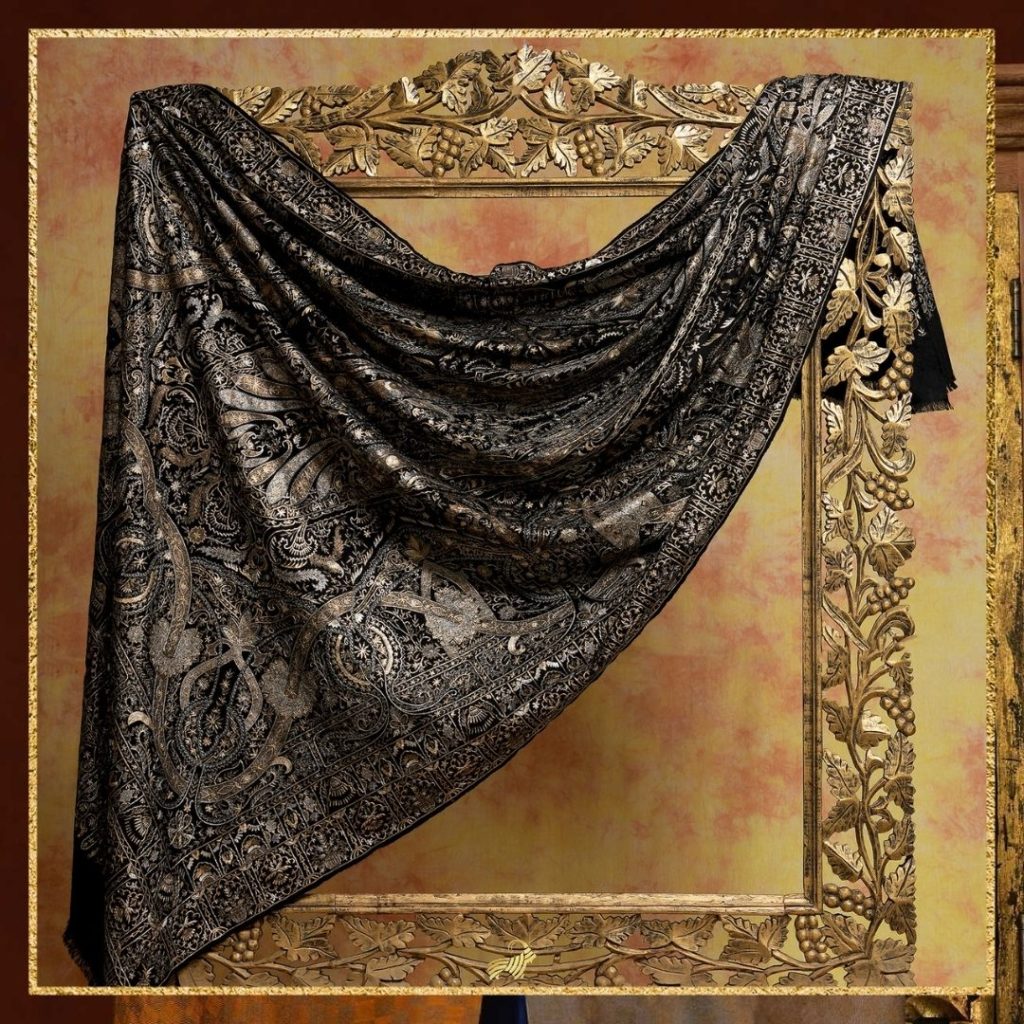A hand-crafted Pashmina shawl is indeed the epitome of excellent craftsmanship. Be it spinning fine threads, weaving them together, embroidering the wrap or detailing it, every step of making these opulent wraps is artistic and aesthetic. Even though Pashmina shawls have a humble beginning in the nomadic hills of Changthang, it has managed to make a mark in Indian and foreign markets as well as luxury stores all over the world.
What are Pashmina shawls?
Pashmina shawls are luxury wrap accessories, which are handcrafted from fine Cashmere wool. It is Cashmere which grows over the body of a Himalayan goat found all over the Himalayas.

China and Mongolia produce 90% of the total Cashmere in the world. But it is Ladakhi Cashmere which is the winner as far as finesse, warmth, quality and wright are concerned. The wool is obtained from the undercoat of a specific breed of goats found in the high altitude of the Changthang region (sometimes referred to as the rooftop of the world) of the Himalaya ranges. Cashmere produced by the Ladakhi goat is handcrafted to make the world-famous Pashmina shawls, which have been set to a timeless fashion by Empress Josephine in the 18th century. Soon after that, Pashmina shawls made from Ladakhi Cashmere wool fascinated royalty and commoners all over the world, and exports were made in bulk.
Origin of Pashmina
The word Pashmina originates from the Persian word ‘Pashm’, which literally translates to 'soft gold'. Since it is made from the soft and precious Cashmere fibre, the name goes perfectly with it. Cashmere is unbelievably soft, smooth and warm. It has thus inspired folklores like; a Pashmina shawl is warm enough to hatch an egg! Even if this is not true, it shows how warm a Pashmina wrap keeps a person wearing it. For this reason, Pashmina shawls are worn in the coldest areas of the world, especially Kashmir.
Where can I buy a Pashmina shawl?

Since these luxury wraps are unique and the highest quality ones, these are in turn expensive. Hence buying the original shawl is essential if at all one needs to reap the benefits of a Pashmina shawl. Since traders have introduced fake Pashmina shawls in the markets, one cannot differentiate between pure and fake. But one can definitely keep some points in mind before going out to buy a Pashmina shawl.
- Always buy from authentic dealers. Pashmina is not something where you can try out new vendors just because they have some attractive designs. The seller should have a reputation, and his customers should testify on his behalf.
- If this isn't possible then one should ask the seller for the certificate of purity. Pashmina shawls are made from pure Cashmere, and these wraps are hence certified as pure. The certificate should be with the seller. If he is able to produce the same, there are high chances that this piece is original.
- The final testament for purity is the GI tag. The Geographical Indication is a gift that the government gave to pure Pashmina. A Pashmina shawl with a GI tag, means it is handspun and hand-woven using age-old traditional methods of handcrafting it.
Also read: KASHMIRI PASHMINA - PURITY TESTING AND THE GI PASHMINA
Where are the Pashmina Shawls worn?
When Pashmina shawls were produced for the first time in Kashmir, the first takers were the locals. Local rulers, noblemen, kings and queens who ruled Kashmir were the ones who were swooned by the beauty of these shawls, and since the weather was favourable for the shawls to be used, their fashion began to spread. Soon Europeans knew about the warmth and softness of Pashmina shawls and travelled all the way from their countries to Kashmir to experience the sheer beauty of these luxury accessories. And after Europeans enjoyed the warmth and luxury of Pashmina in Kashmir, they planned to export the same to their own nations. Soon Pashmina shawls travelled to the US, France, UK, and Australia, hence spreading more and more besides Europe.
Owing to their warmth and feathery light weight, Pashmina shawls are worn in those regions of the world where temperatures remain low. Women in these places prefer Pashmina to other wraps as it is lightweight and hence easy to carry around. Here are some places in the world where Pashmina is worn
- United States
- Nepal
- Italy
- India
- Bulgaria
- Saudi Arabia
- UAE
- Mexico
- And more
It is interesting to know that people even in some hottest regions of the world (like UAE where winters aren't freezing, opt for Pashmina shawls. The reason for this is the tourist interests as well as the breathtaking beauty of the shawls which compel visitors to at least buy one.
Pashmina is a lifetime investment. If not purchased in pure form, it might last for a few years. Original shawls last for a lifetime (at least 30 years). But fake shawls last for a few years and wither with time eventually.
Also read: PASHMINA CRAFT - WHO FOUNDED PASHMINA?